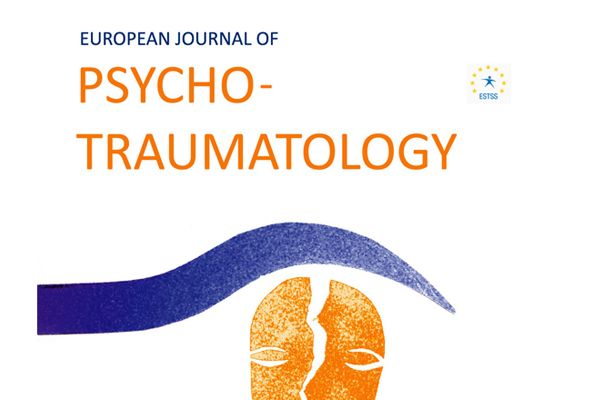29 februari 2020
European Journal of Psychotraumatology
Elisa Pfeiffer, Thorsten Sukale, Lauritz Rudolf Floribert Müller, Paul Lukas Plener, Rita Rosner, Joerg Michael Fegert, Cedric Sachser & Johanna Unterhitzenberger
https://doi.org/10.1080/20008198.2019.1675990
Background: Given the unprecedented number of traumatised refugee minors in Europe and the increased prevalence of mental disorders such as PTSD in this vulnerable population, new methodologies that help us to better understand their symptomatology are crucial. Network analysis might help clinicians to both understand which symptoms might trigger other symptoms, and to identify relevant targets for treatment. However, to date only two studies have applied the network analysis approach to an (adult) refugee population and only three studies examined this approach in children and adolescents.
Objective: The aim of this study is to explore the network structure and centrality of DSM-5 PTSD symptoms in a cross-sectional sample of severely traumatized refugee minors.
Method: A total of N = 419 (Mage = 16.3; 90.7% male) unaccompanied (79.9%) and accompanied (20.1%) refugee minors were recruited in five studies in southern Germany. PTSD symptoms were assessed using the Child and Adolescent Trauma Screen (CATS). The network was estimated using state-of-the-art regularised partial correlation models using the R-package qgraph.
Results: The most central symptoms were nightmares, physiological and psychological reactivity, and concentration problems. The strongest connections between symptoms were established for psychological and physiological reactivity, irritability/anger and self-destructive/reckless behaviour, intrusions and nightmares, nightmares and sleep disturbance, and between concentrations problems and sleep disturbance.
Conclusion: This study furnishes information relevant to research and the clinical management of PTSD in refugee minors, and also in terms of comparisons with trauma-exposed children and adolescents without a migration background. Re-experiencing symptoms seem to be central in the refugee minor PTSD profile and thus merit special consideration in the diagnostic and treatment evaluation process. Investigating the PTSD network longitudinally and complementing between-subject analyses with within-subject ones might provide further insight into the symptomatology of refugee minors and how to treat them successfully.
Keywords: network analysis; PTSD; refugee minors; DSM-5; adolescents; trauma
Received 01 Jul 2019, Accepted 11 Sep 2019, Published online: 11 Oct 2019

Het European Journal of Psychotraumatology (EJPT) is een peer-reviewed, interdisciplinair wetenschappelijk tijdschrift dat deel uitmaakt van de European Society for Traumatic Stress Studies (ESTSS).
Het EJPT heeft als doel om wetenschappers, behandelaren en experts te betrekken bij de belangrijkste vraagstukken rond stress en trauma, waaronder individuele gebeurtenissen, herhaalde of chronische trauma's, grootschalige rampen en geweld.

